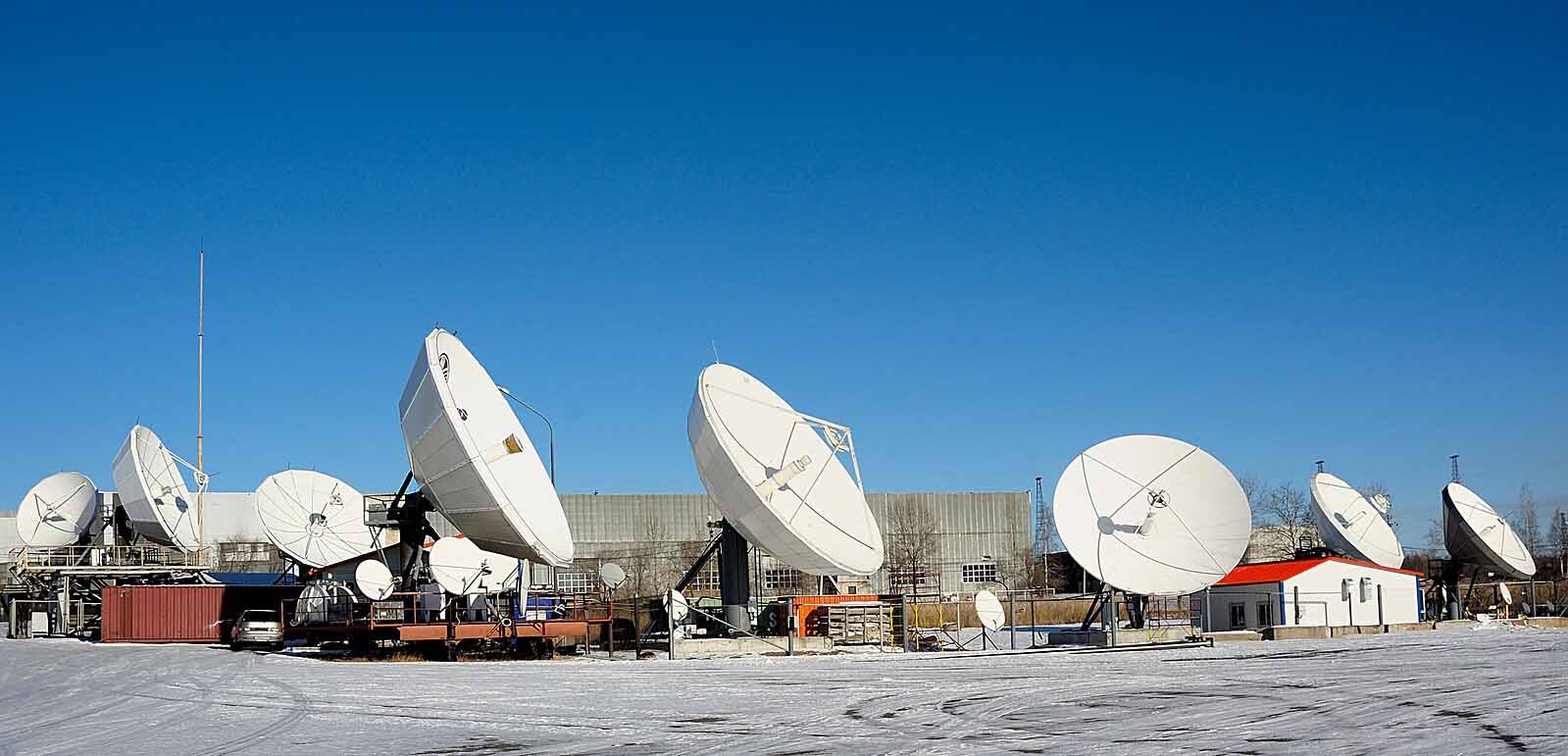Researchers at the University of Technology Sydney (UTS) have developed a new method for sending once-impossible Earth-to-space quantum light transmissions, which could enable ultra-secure satellite communications in the future.
The technology produces a beam of entangled light particles, a feat previously achieved only in the space-to-ground direction. The UTS team revealed their advances in a paper recently published in Physical Review Research.
Quantum Communications
China has been operating space-based quantum communications for almost a decade, beginning with the Micius satellite in 2016. Subsequently, the Jinan01 satellite, launched this year, established a 12,900-kilometer quantum link connecting China to South Africa.
“Current quantum satellites create entangled pairs in space and then send each half of the pair down to two places on Earth – called a ‘downlink, ‘” said co-author Professor Alexander Solntsev. “It’s mostly used for cryptography, where only a few photons (particles of light) are needed to generate a secret key.”
In previous estimates, scientists believed that moving in the opposite direction would be impossible, as signal loss, interference, and scattering would degrade the uplink. Despite these issues, ground station transmitters have many advantages over satellite-based ones. They have easier access to power, enabling them to produce stronger signals while also being far easier to maintain.
Uplink Concept Advances
By developing uplink technology, the researchers believe it will allow satellite-connected quantum computer networks, pushing them to overcome the challenges involved. Their first step was to create a testable concept that addressed the interference issues, which they did.
“The idea is to fire two single particles of light from separate ground stations to a satellite orbiting 500 km above Earth, travelling at about 20,000 km per hour, so that they meet so perfectly as to undergo quantum interference,” said co-author Professor Simon Devitt. “Is this even possible?”
“Surprisingly, our modelling showed that an uplink is feasible. We included real-world effects such as background light from the earth and sunlight reflections from the Moon, atmospheric effects and the imperfect alignment of optical systems,” Devitt added.
Testing a Quantum Internet
The team has outlined some suggestions for real-world experiments to test their ideas. Drones or balloons could host receivers to test the concept before moving on to establishing links with low-Earth orbit satellites. They hope that in the future these experiments will bring their work out of the theoretical realm.
“A quantum internet is a very different beast from current nascent cryptographic applications,” Devitt said. “It’s the same primary mechanism but you need significantly more photons – more bandwidth – to connect quantum computers.”
“The uplink method could provide that bandwidth. The satellite only needs a compact optical unit to interfere incoming photons and report the result, rather than quantum hardware to produce the trillions upon trillions of photons per second needed to overcome losses to the ground, allowing for a high-bandwidth quantum link,” Devitt explained. “That keeps costs and size down and makes the approach more practical.”
The Future of Energy and Communications
The team sees not just their work, but the entire project of harnessing quantum entanglement for communications purposes as just the first step in the future of energy infrastructure.
“In the future, quantum entanglement is going to be a bit like electricity. A commodity that we talk about that powers other things,” Devitt added. “It’s generated and transmitted in a way that is often invisible to the user; we just plug in our appliances and use it.”
“This will ultimately be the same for large quantum entanglement networks,” Devitt concluded. “There will be quantum devices that plug into an entanglement source as well as a power source, utilising both to do something useful.”
The paper, “Quantum Entanglement Distribution Via Uplink Satellite Channels,” appeared in the Physical Review Research on October 14, 2025.
Ryan Whalen covers science and technology for The Debrief. He holds an MA in History and a Master of Library and Information Science with a certificate in Data Science. He can be contacted at ryan@thedebrief.org, and follow him on Twitter @mdntwvlf.


